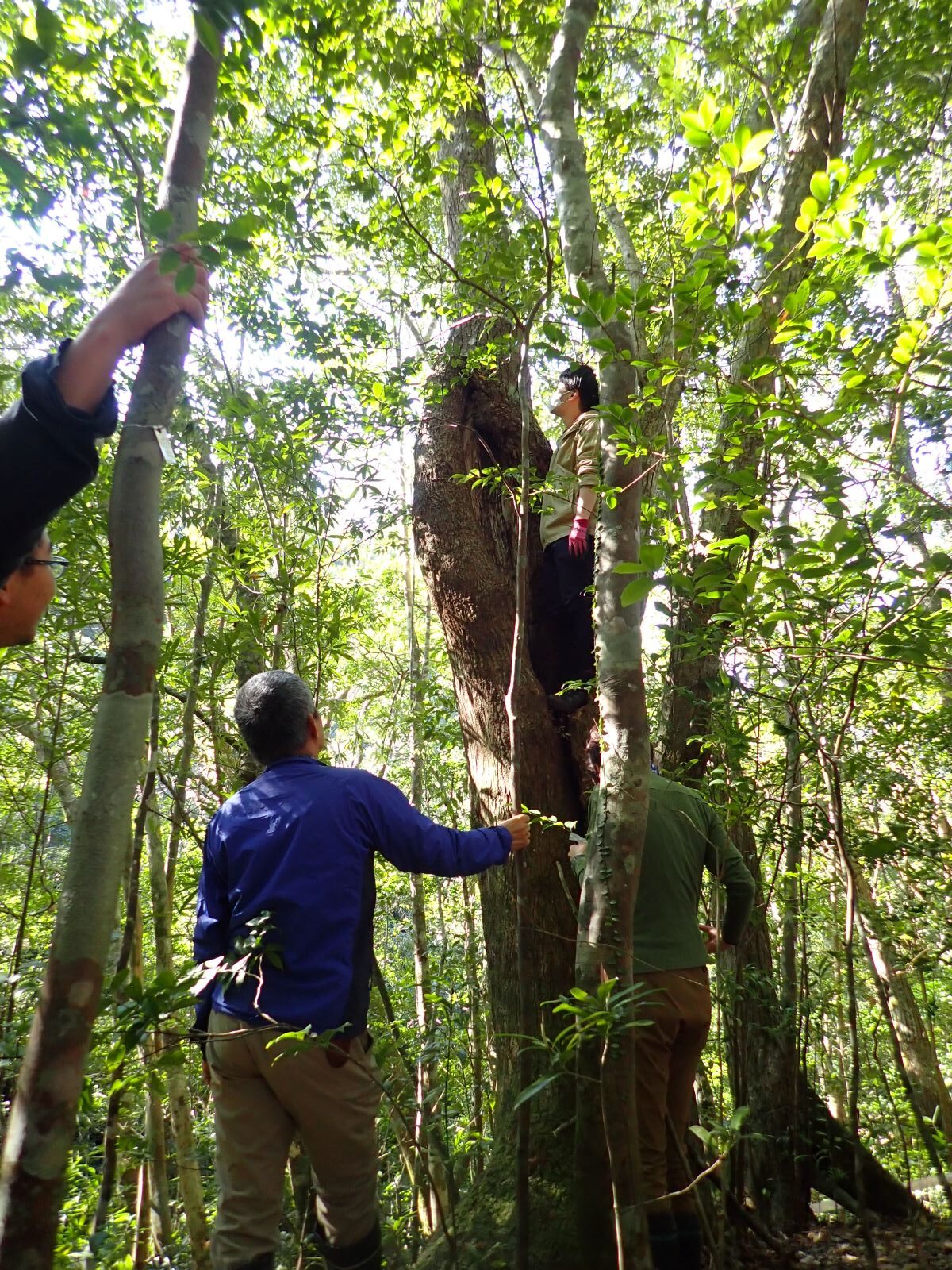Monitoring the natural environment in World Heritage sites
Faculty of Agriculture,Center for General Education,Faculty of Education,Faculty of Science,Kagoshima University Museum,International Center for Island Studies,Ugawa Shin,Eimura Naoko,Fujita Shiho,Kawanishi Motohiro,Watanabe Shuntaro,Tagane Shuichiro,Kawai Kei,Suzuki Eiji
ushin@agri.kagoshima-u.ac.jp- amami
- yamato
- uken
- setouchi
Background and objectives of activities
In the World Natural Heritage site of Amami Oshima Island, it is necessary to conserve the “endemic species (organisms that exist only on Amami Oshima Island)” that have been recognized as a heritage of humanity. In order to carry out conservation, it is first necessary to understand the living conditions of the endemic species. By also simultaneously understanding the changes in the growth environment and the trends of non-native species that affect the survival of the endemic species, it is possible to immediately investigate the cause and take measures based on this if the number of endemic species decreases. Therefore, Kagoshima University has organized a research team to monitor endemic species on Amami Oshima Island.

Summary of Activities
They have set up 34 monitoring survey areas in the World Natural Heritage Site on Amami Oshima Island, and are monitoring the endemic species, their habitats, and non-native species. For the endemic species, they are monitoring the living conditions of mammals (such as the Amami rabbit and Amami spiny rat) and birds (such as the Ootra-tsugumi and Rurikakesu) at any time using infrared cameras and automatic recording devices. These monitoring activities have also detected non-native species such as feral cats and feral goats. In the habitat, the structure of the forest and the types of trees are measured regularly.
Expected Benefits
This monitoring activity is a “precautionary measure” to avoid the decline in the number of endemic species and their extinction. In addition, by analyzing the data obtained, the ecology of endemic species becomes clear, and these findings can also be used to help preserve endemic species. By preserving endemic species, we are maintaining the biodiversity of the Amami region.
















